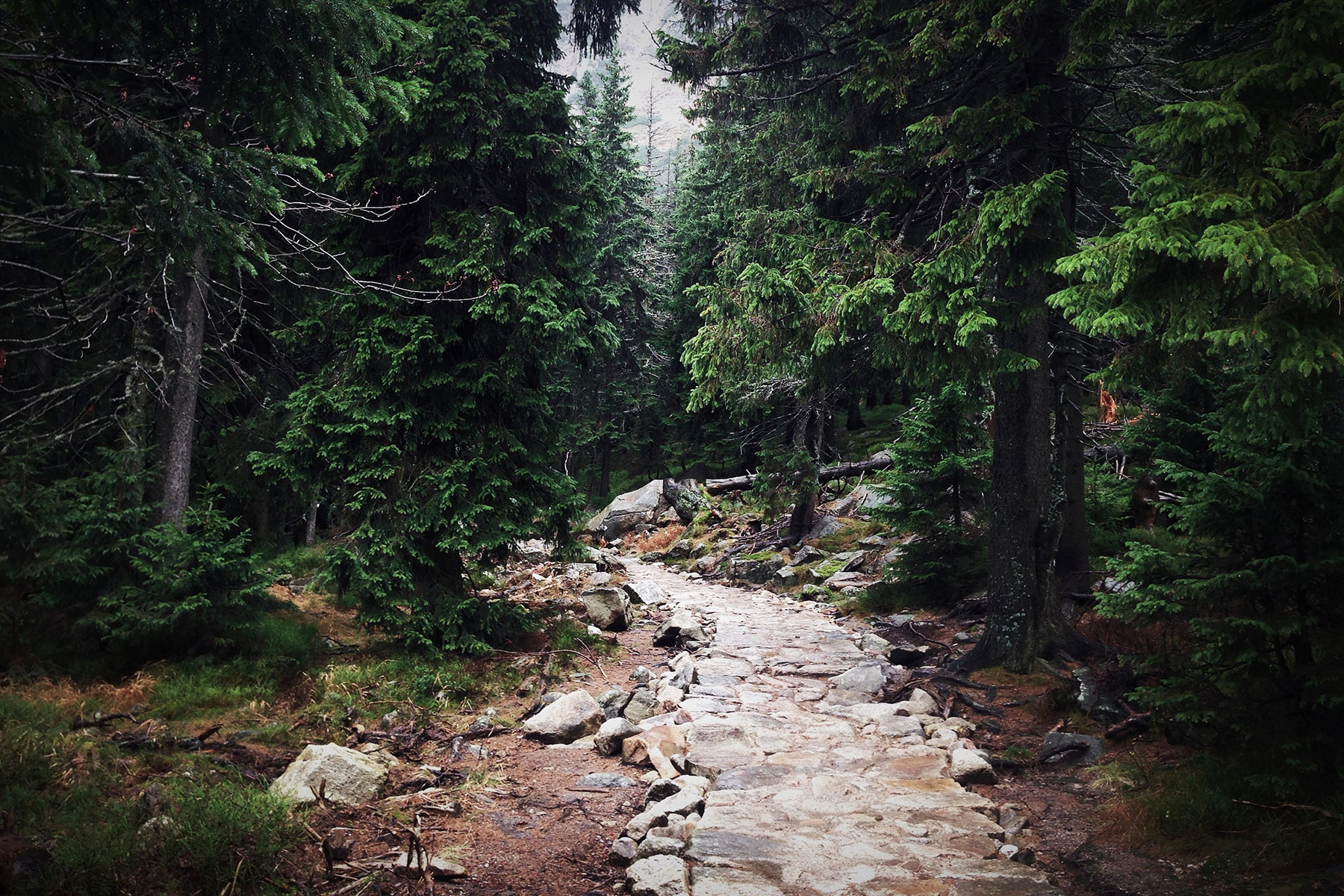I admit that even among amateurs this is rather small talk, but it brings me to this point: in the passage of water down a ravine of its own making, this line of nature astir may repeat itself again and again but is commonly too inaffable, abrupt, angular, to suggest the ogee. In that middle part of it where the descent is swift it may be more or less of a plunge, and after the plunge the water is likely to pause on the third turn, in a natural pool, before resuming its triple action again. And so, in my ravine, some seasons later, I ventured to detain the overflow of my first pool on a second and a third lingering place, augmenting the water supply by new springs developed in the bottoms of the new pools.
The second pool has a surface of a thousand square feet, the third spans nineteen hundred, and there are fish in all three, hatched there-"pumpkin-seed" included, but also trout-among spontaneous bulrushes, pond-lilies, flags, and dainty water-weeds; and sometimes at night, when the reflected glory of a ten-o'clock full moon shines up from it to the stone exedra on the lawn, I seem to have taken my Praxitelean curves so directly from Nature that she thinks she took them herself from me and thanks me for the suggestion.
Please observe that of great gardens, or of costly gardens whether great or only costly, we here say nothing. Our theme is such a garden as a householder may make and keep himself or for which, at most, he needs professional advice only in its first planning, and for its upkeep one gardener, with one occasional helper in pressing seasons or in constructional work.
Constructional work. Dams, for example. In two of my dams I built cores of concrete and thus made acquaintance with that interesting material. Later I pressed the acquaintanceship, made garden and grove seats, a table or two, a very modest fountain for a single jet of water in my highest, smallest fish-pool, and even a flight of steps with a pair of gaîne-shaped pedestals-suggested by a sculptor friend-at their top. The exedra I mentioned just now is of concrete. The stuff is a temptation to be wary of. Theordinary gray sort-I have touched no other-is a humble medium, and pretentious designs in humble materials are one of the worst, and oldest, of garden incongruities. In my ventures with concrete I have studied for grace in form but grace subordinated to stability, and have shunned embellishment. Embellishment for its own sake is the easiest and commonest sin against good art wherever art becomes self-conscious. It is having a riotous time just now in concrete. I have rarely seen a commercial concrete garden-seat which was not more ornate than I should want it for my own acre. I happen to have two or three articles in my garden which are a trifle elaborate but they are of terra-cotta, are not home-made and would be plainer could I have found them so.
A garden needs furniture only less than a house, and concrete is a boon to "natural" gardening, being inexpensive, rustic, and imperishable. I fancy a chief reason why there is such inconsiderate dearth of seats and steps in our American amateur gardens is the old fashion-so well got rid of at any cost-of rustic cedar and hickory stairs and benches. "Have none of them," was Colonel Waring's injunction; "they are forever out of repair."
But I fear another reason is that so often our gardens are neither for private ease nor social joy, but for public display and are planned mainly for street exhibition. That is the way we commonly treat garden fountains! We make a smug show of unfenced, unhedged, universal hospitality across a sidewalk boundary which nevertheless we hold inviolate-sometimes by means of a painted sign or gas-pipe-and never say "Have a seat" to the dearest friend in any secluded nook of our shrubberies, if there is such a nook. How many of us know a fountain beside an embowered seat where one,-or two,-with or without the book of verses, can sit and hear it whisper or watch the moonlight cover it with silent kisses? In my limited experience I have known of but two. One is by the once favorite thought-promoting summer seat of Augustus Saint-Gaudens on his own home acre in Vermont; the other I need not particularize further than to say that it is one.[Pg 23] of the things which interlock and unify a certain garden and grove.

